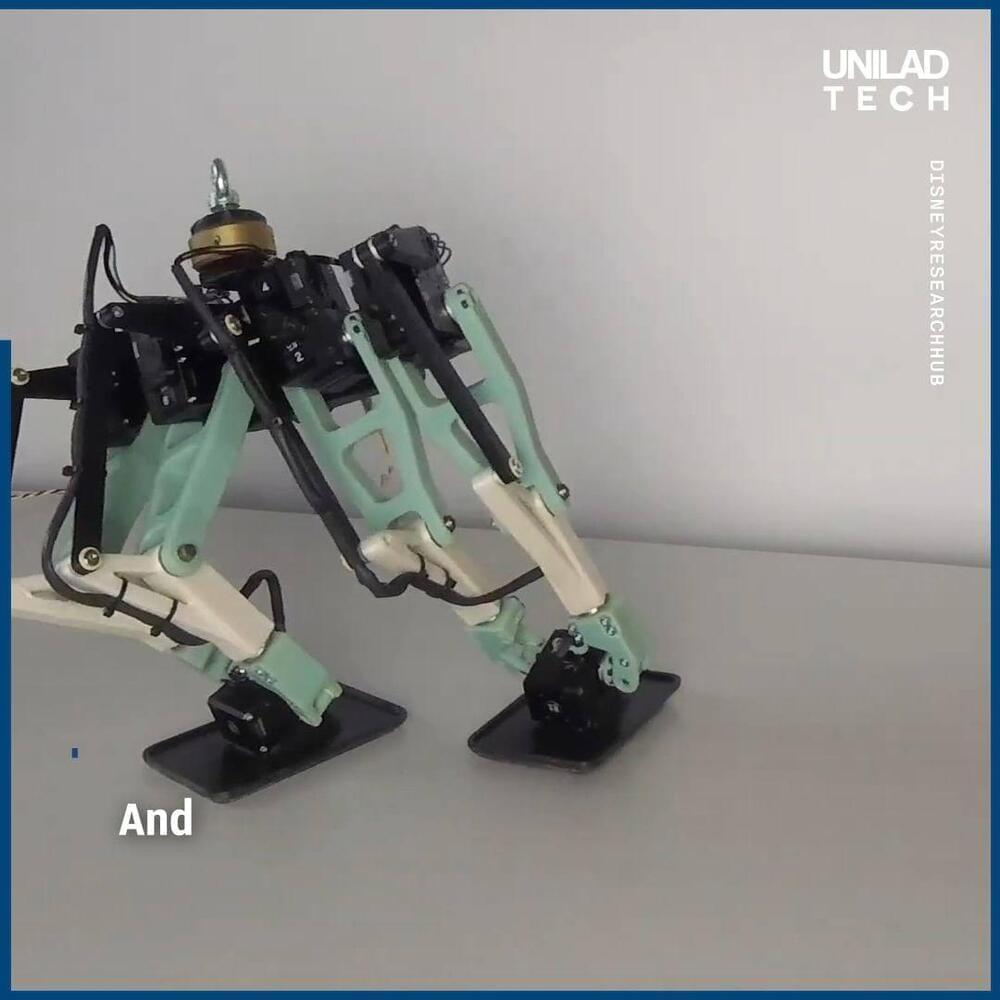
Get the latest international news and world events from around the world.









Scientists Reverse Aging in Skin up to 40 Years! (May 2022 Science Update)
Hey it’s Han from WrySci-HX going over the breakthroughs of scientists rejuvenating skin cells of middle aged donors by several decades, overcoming complete paralysis in just one day, and more! See below ↓↓↓
Subscribe!
Please consider supporting 🙏
Patreon: https://www.patreon.com/wrysci_hx.
Or better yet, consider supporting any of the following!